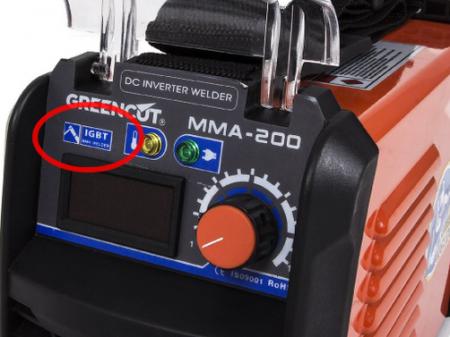

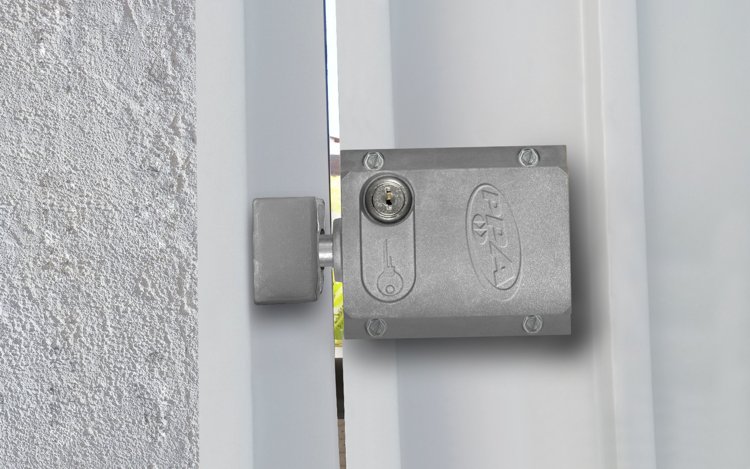
How secure is the mechanism when it’s closed?
What locks or safety measures does it have?

If you have doubts about relying on the motor’s lock for security, your concern is valid. If force is applied to manually move the gate, this pressure is transferred to the mechanism, which is mostly made of plastic and aluminum. That’s why...
WE RECOMMEND
NOT RELYING ON THE MOTOR LOCK
AS A SECURITY MEASURE.
Along the same lines... Most sliding gates can be pried from below to dislodge the guide or disengage the rack.
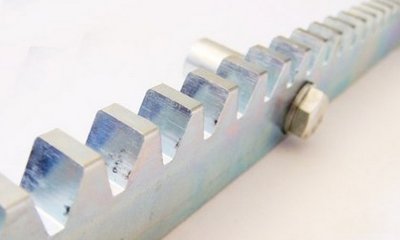
Using a metal rack significantly improves rigidity, but weak points remain.
Similar concerns apply to overhead and swing gates, as these mechanisms prioritize automation and convenience, requiring some ingenuity and additional measures to enhance security.
Don’t make the mistake of evaluating the gate’s security from your perspective as the proud creator of this excellent piece of electromechanical craftsmanship. You shouldn’t act as its defense attorney, but rather the opposite.
The problem is that you’re a good person, a hard worker, but now we need you to switch sides and think like an intruder.

Are you too good-hearted to put yourself in a thief’s shoes? Well, the key is motivation, so let’s wrap up this idea before it turns into a psychology course...
Imagine a loved one is inside the property, you’re outside, and the gate is closed. Suddenly, your relative is bitten by a venomous snake. The situation is desperate, and every minute counts to get them to a health center for antivenom treatment. Now you’re motivated, and your beautiful gate has become a fragile obstacle to overcome, whether by ingenuity or brute force.
Let’s consider enclosed spaces, where jumping over the fence isn’t an option, as in such cases, security would need to be addressed differently. However, in these situations, the intruder would likely need to breach the gate from the inside to move large items like vehicles or furniture.

Now let’s see how to tackle the problem, starting with sliding gates.
When dealing with an interior-installed sliding gate that moves within the property, it’s easier to apply security measures. Let’s look at the first example:
This configuration uses an electromagnetic lock at the closing stop and a simple bolt lock on the "open" side column. Both locks are positioned at mid-height.
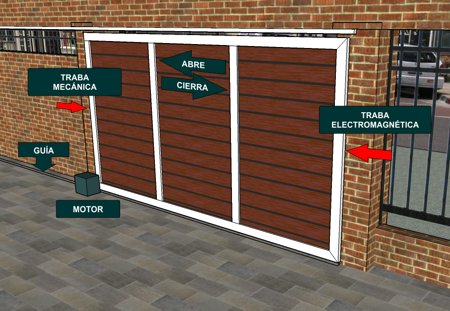
For added security, it’s ideal to place two locks on each side. While the cost doubles, the significant increase in holding strength justifies it.
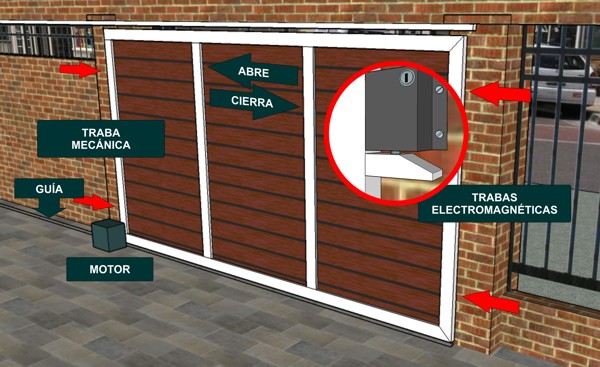
A recommended distance is 40 cm for the upper lock (from the top edge) and the same for the lower lock (from the bottom edge).
For this case, cylindrical bolt models are recommended. These are very strong and, due to their simplicity, have a low failure rate. Installation at the closing end (farthest from the motor) is done as shown in the diagram:

Let’s look at some brands and models:
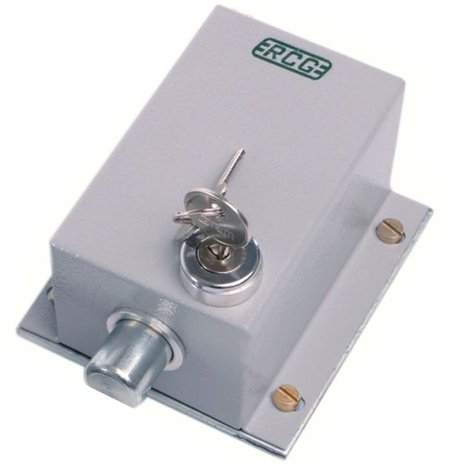
Features:
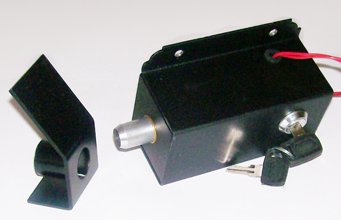
Features:
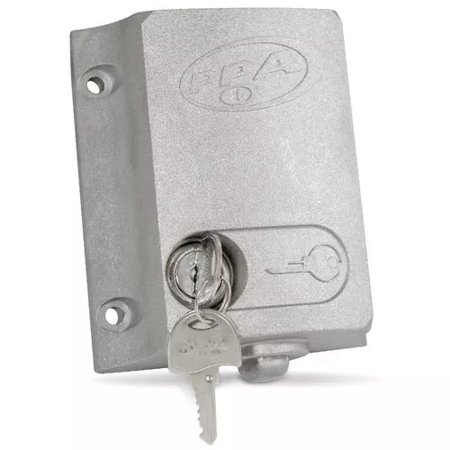
Features:
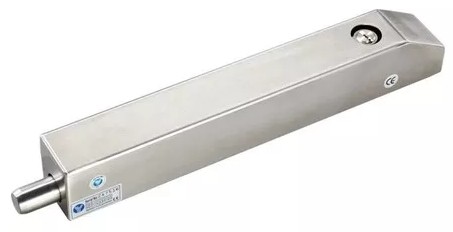
This is the most advanced but also the most expensive model. Its installation leaves no visible screws, and its stainless steel construction makes this electromagnetic bolt the best option for outdoor use.
Features:
This is the piece welded to the gate that has the hole where the bolt enters. It’s called a ramp because it has an inclined section where the bolt slides, retracting the internal spring until it finds the hole and returns to the extended position. Most electric locks come with their ramp, which you’ll need to adapt and attach to the gate.

As shown in the image, on the other end of the gate (near the motor), it’s not necessary to install expensive electric locks. In this case, a simple bolt latch is enough to provide firmness when the gate is closed.

This security measure consists of a standard hex-head bolt mounted on the wall, column, or frame. As the gate moves to close, the bolt enters the slot. That’s it.
It’s worth noting that this "passive" system could be implemented on both ends of the gate, saving a significant amount of money and avoiding the complexity of installing wiring, connecting to the automated system, etc. However, the downside is that any force applied in the opening direction would still affect the rack and motor mechanism.
This article has gotten quite lengthy, so we’ll continue exploring other scenarios in future articles. Thank you for reading to the end. If you found this content useful, share it on social media.

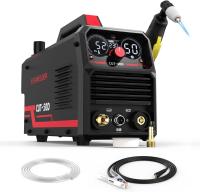
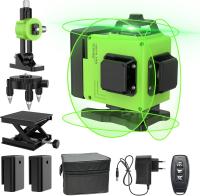
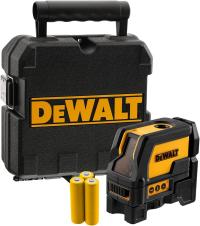

They are already part of the Job Board

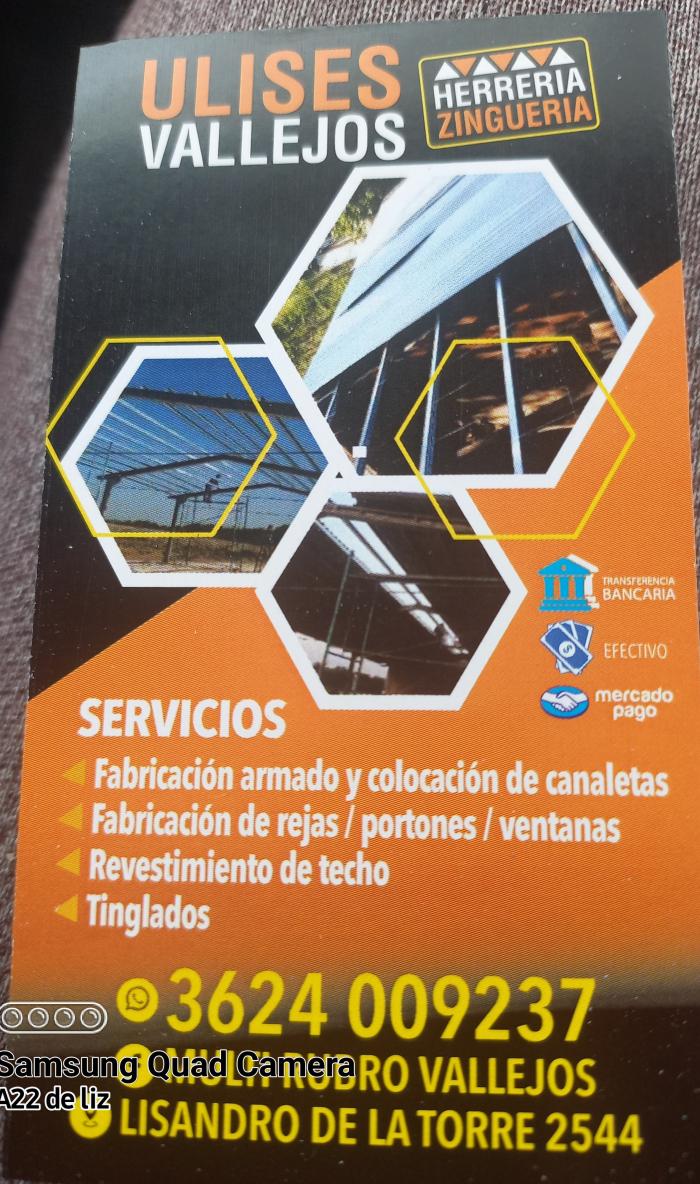

Relacionados:
